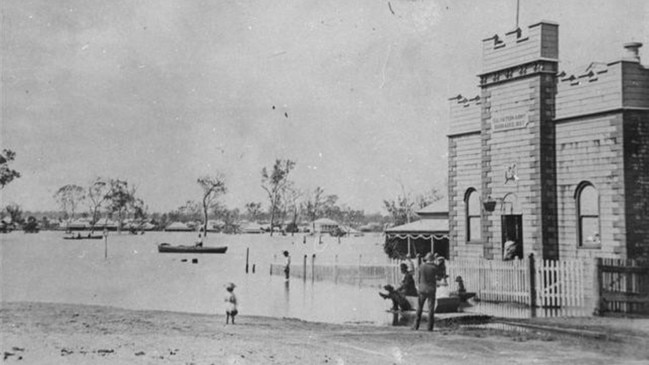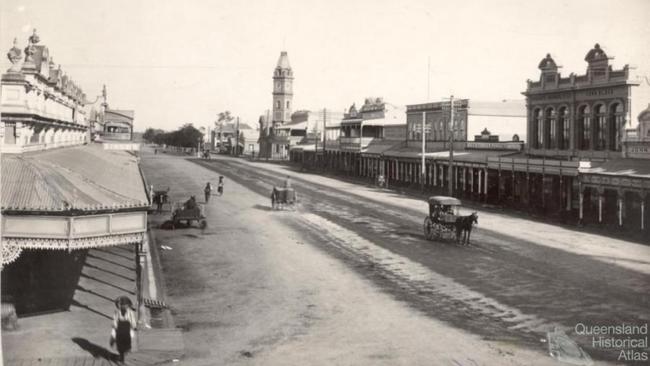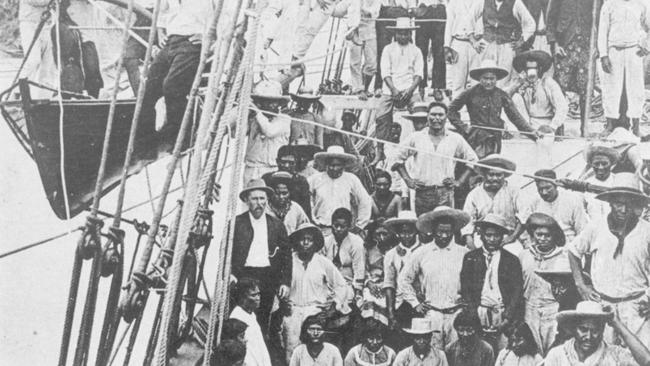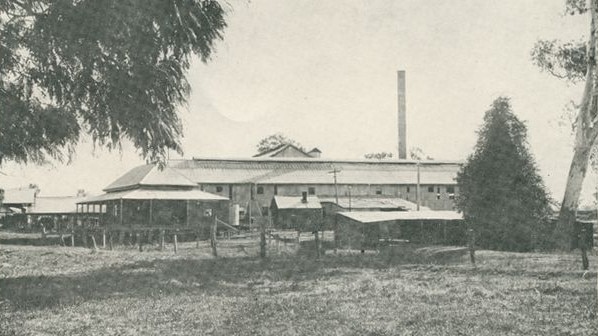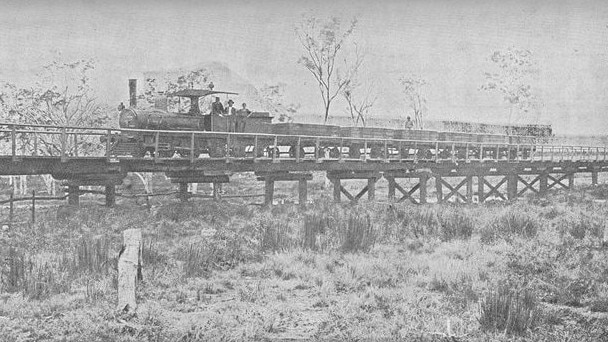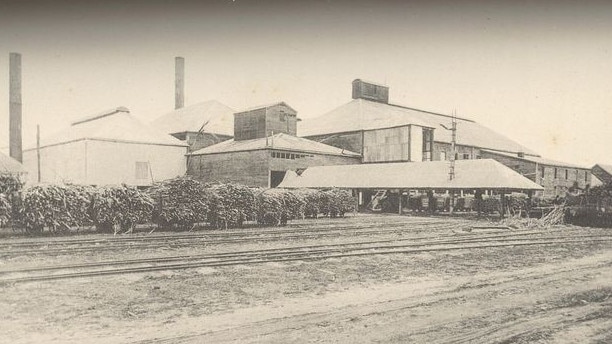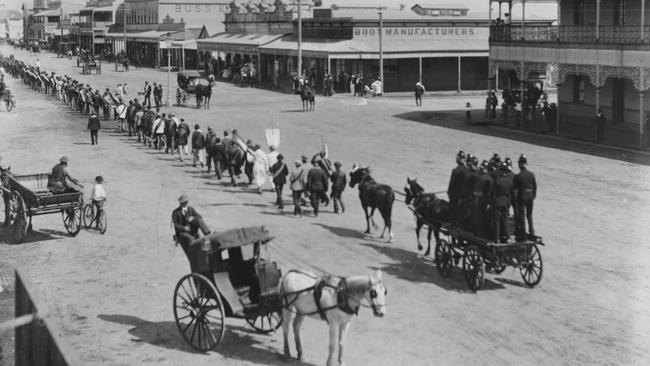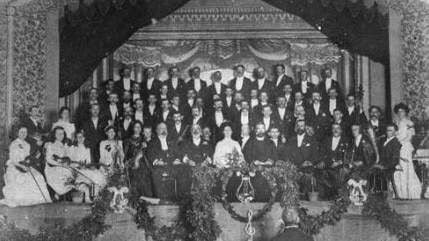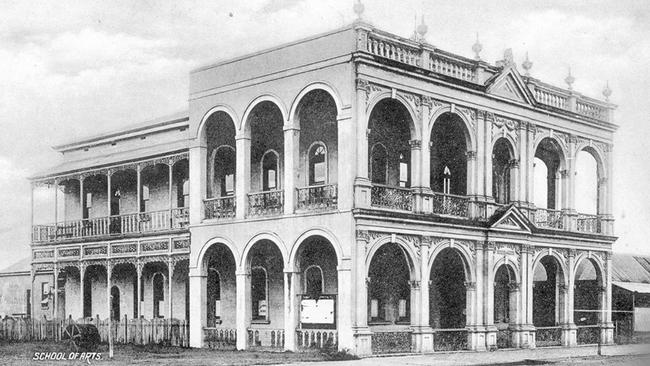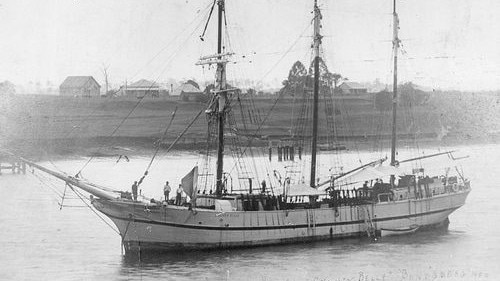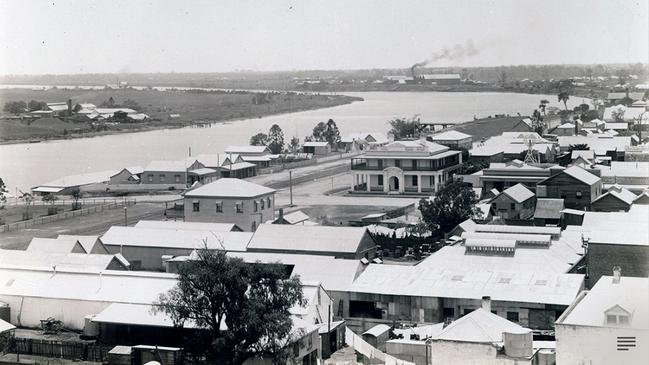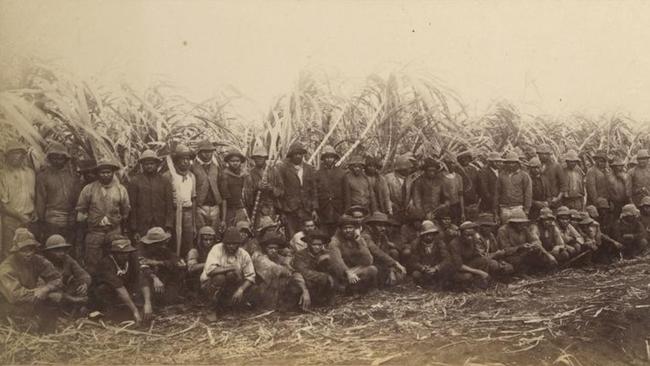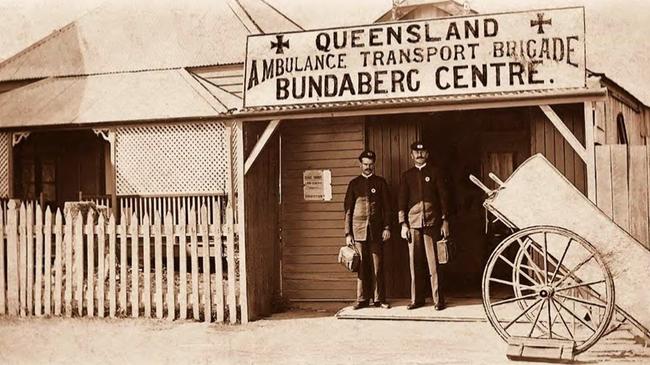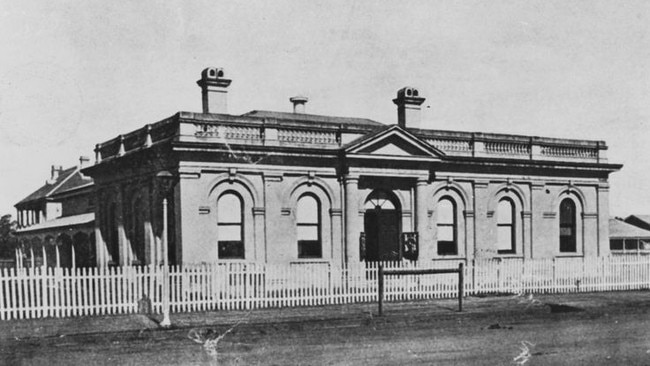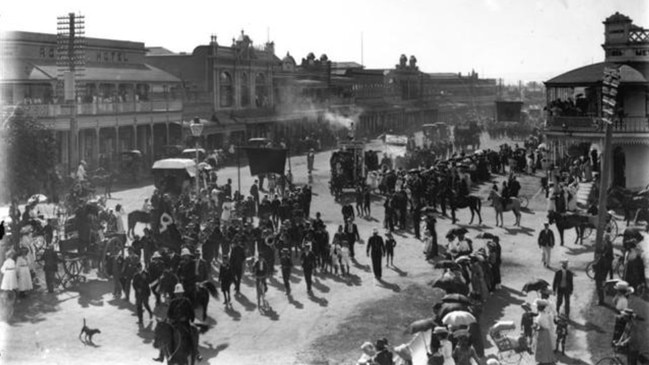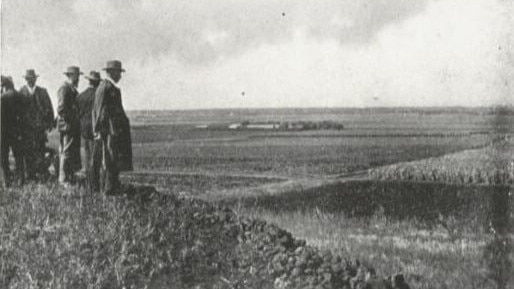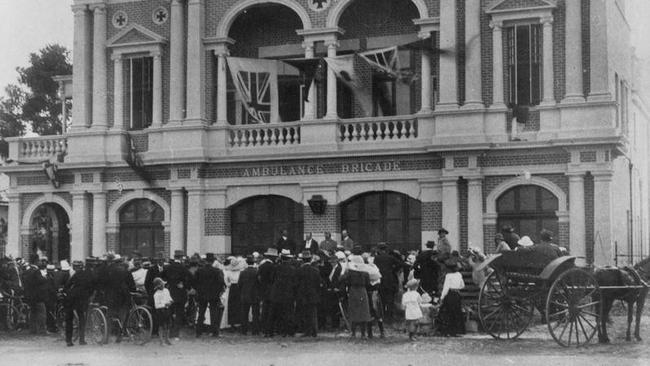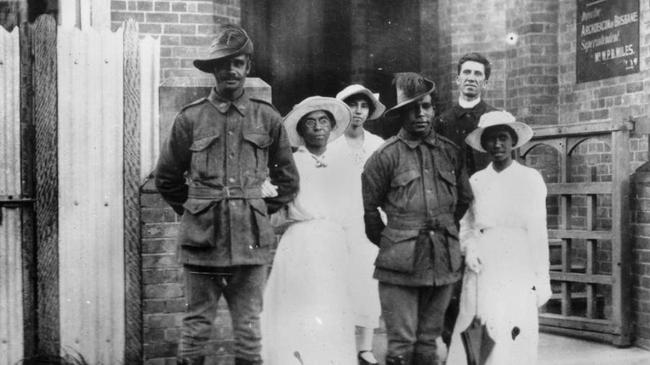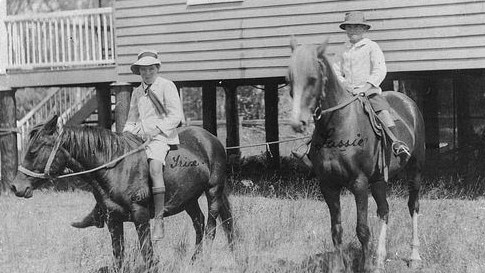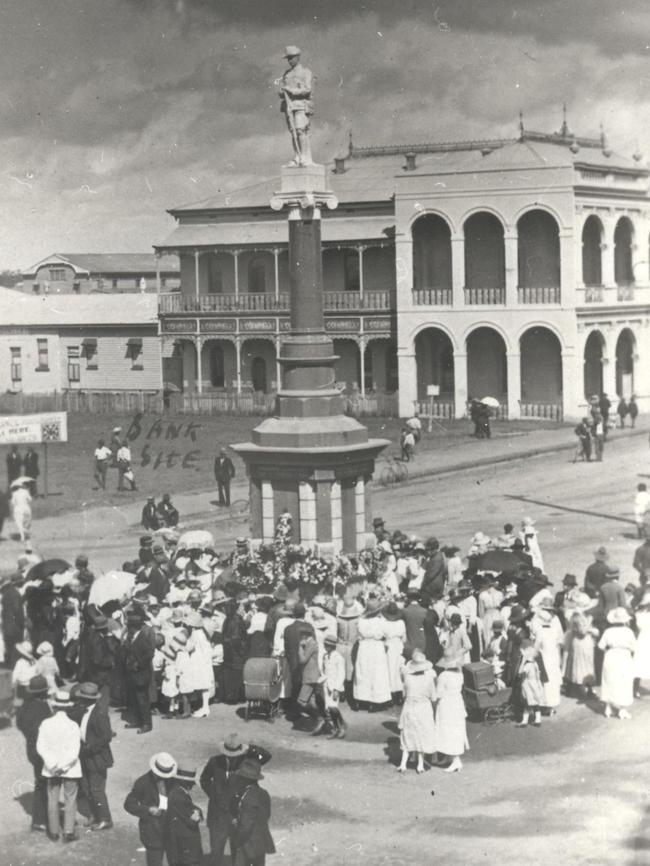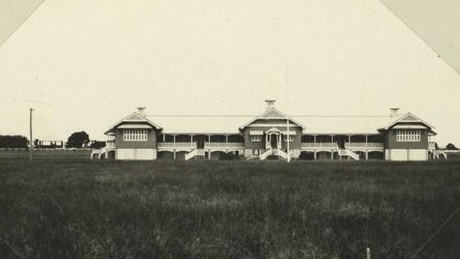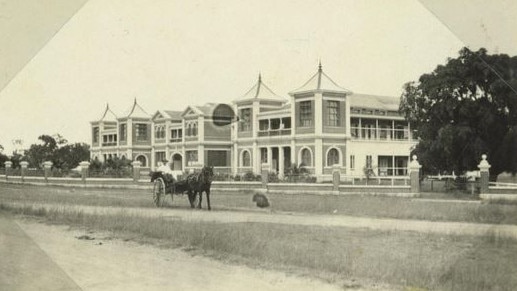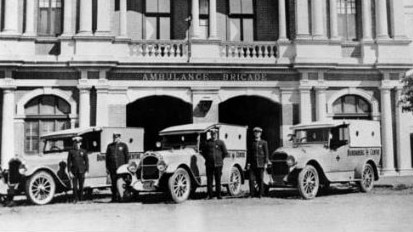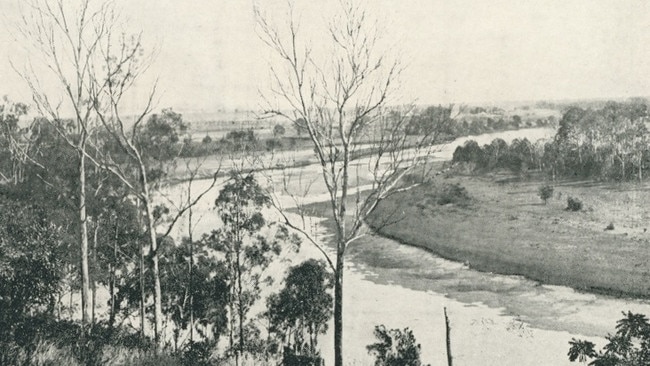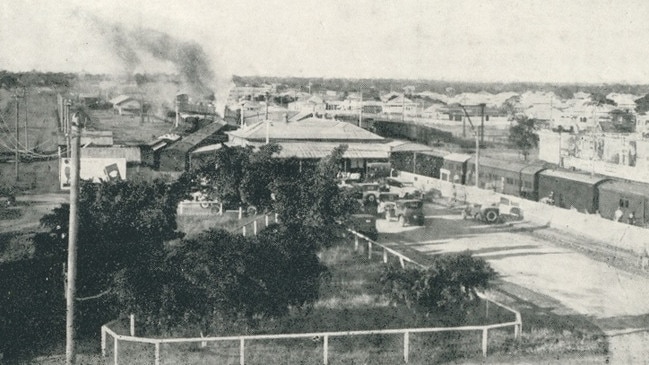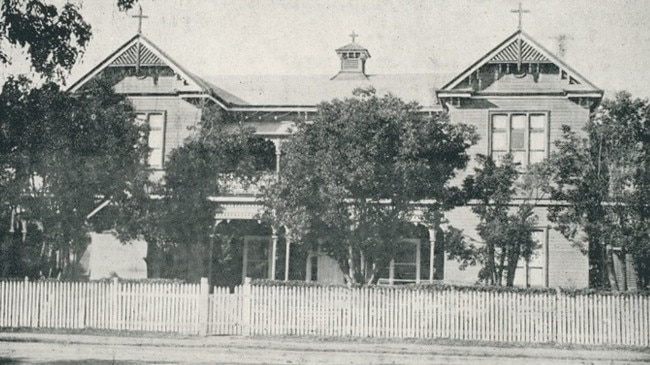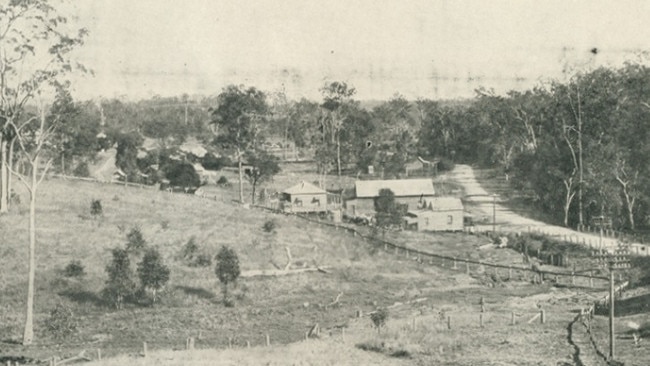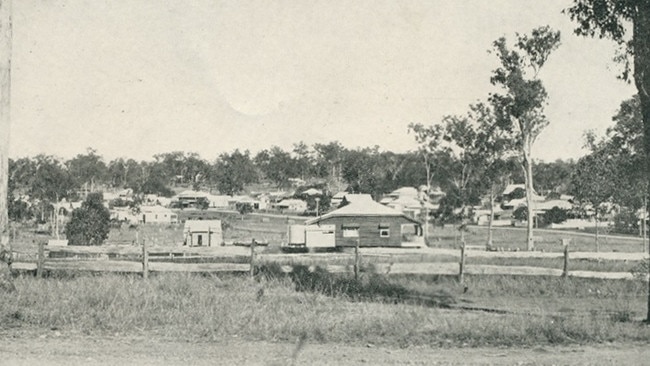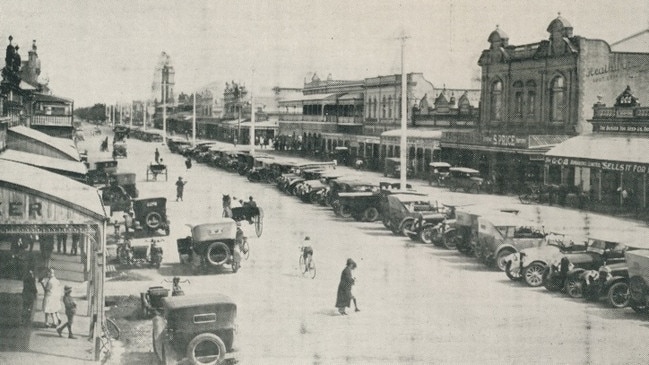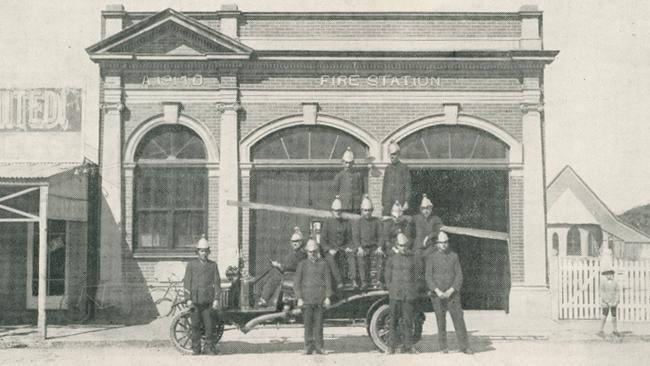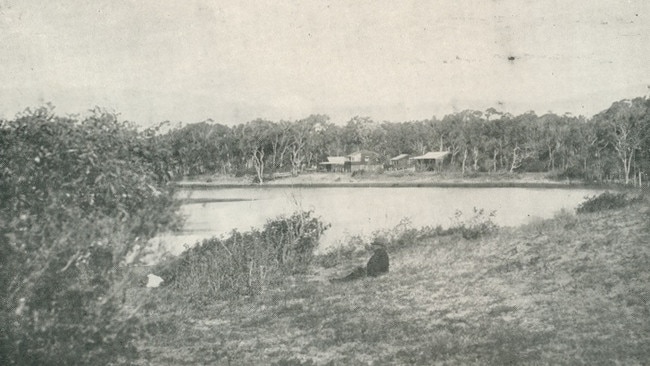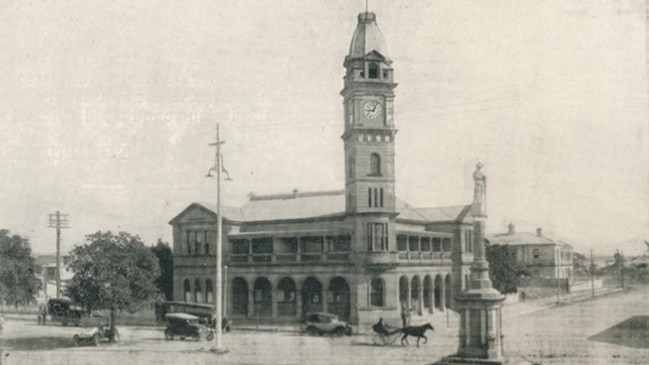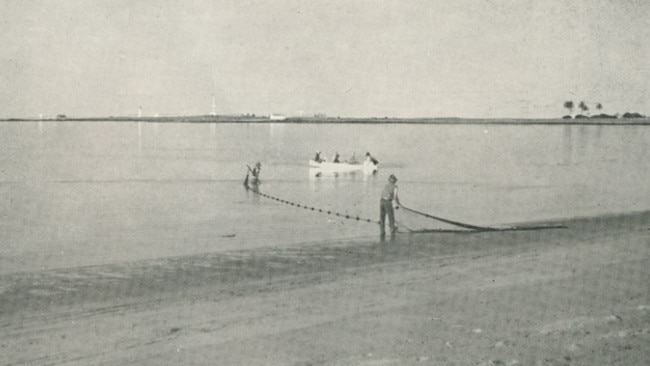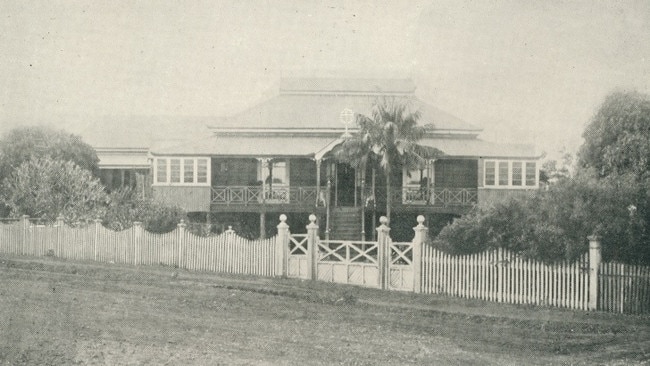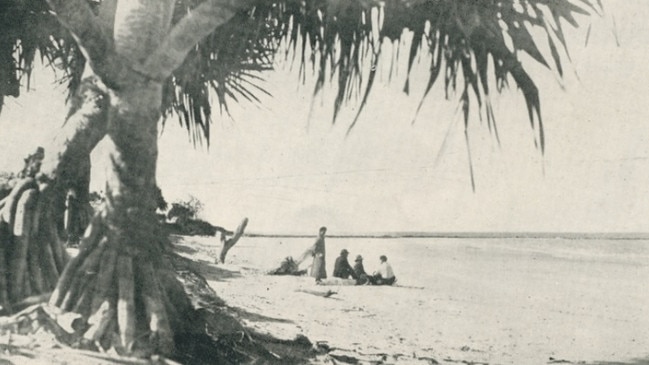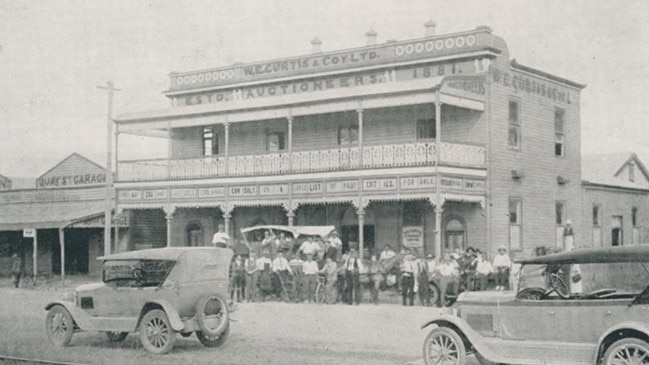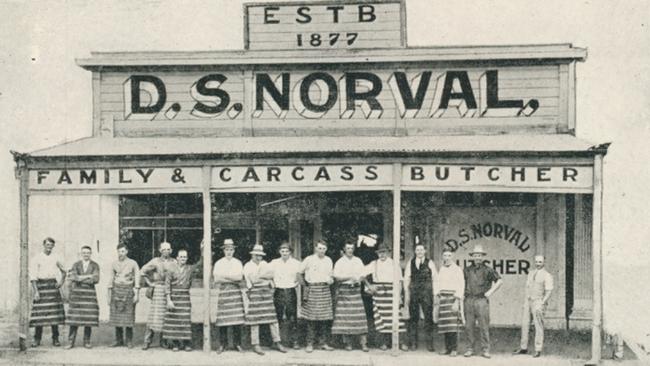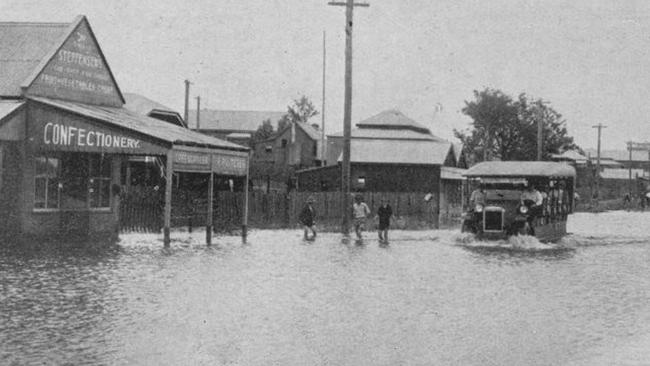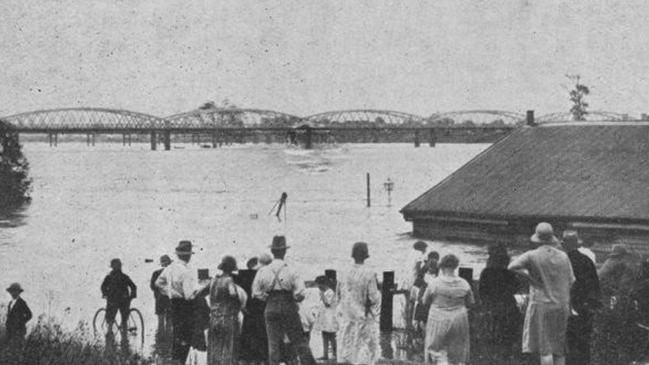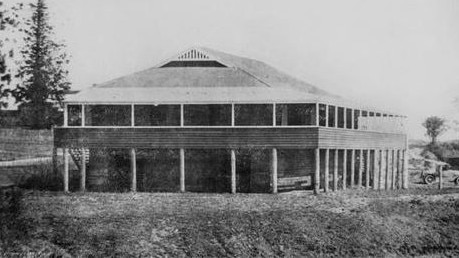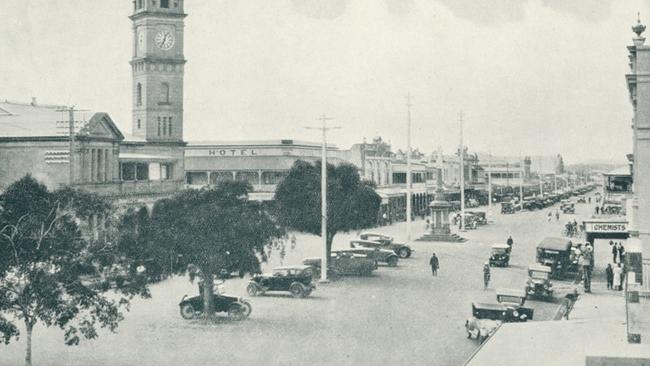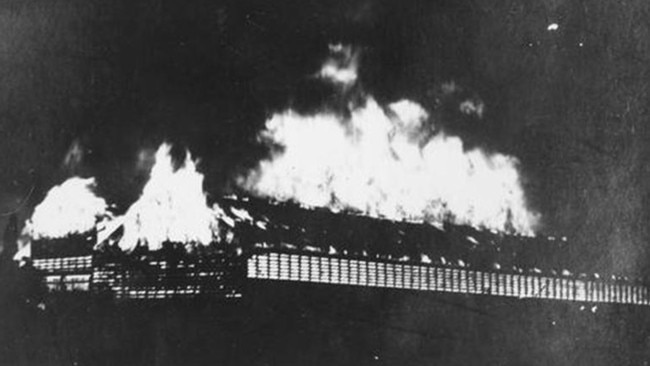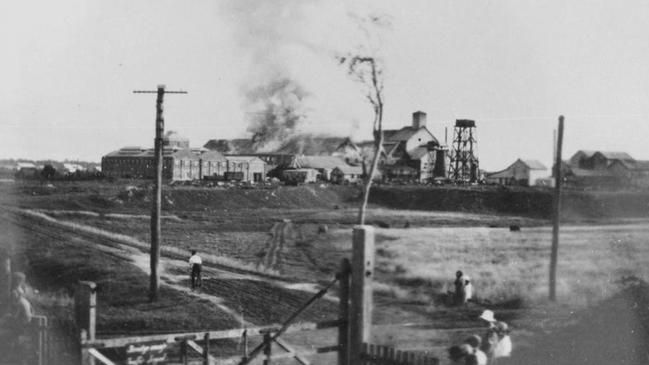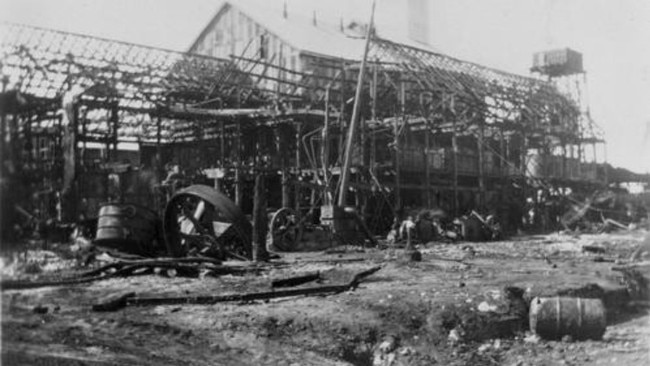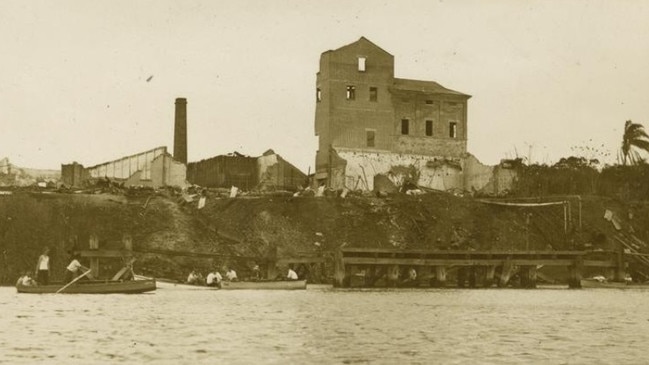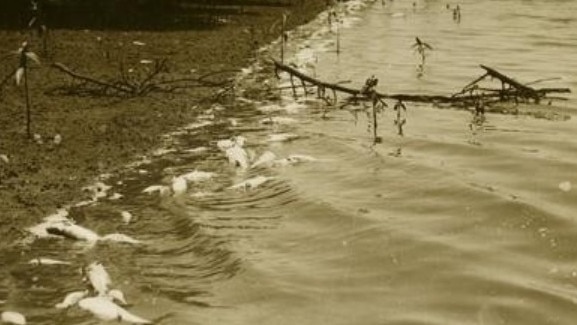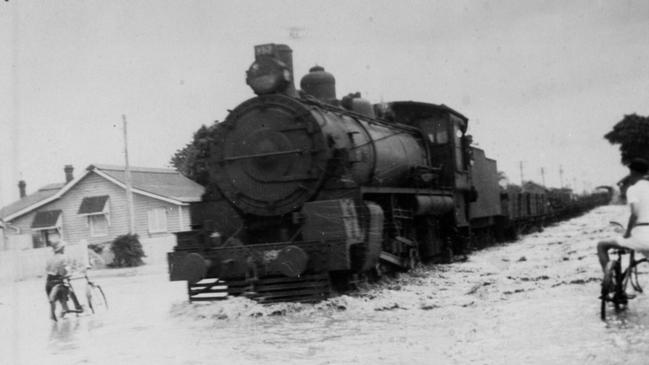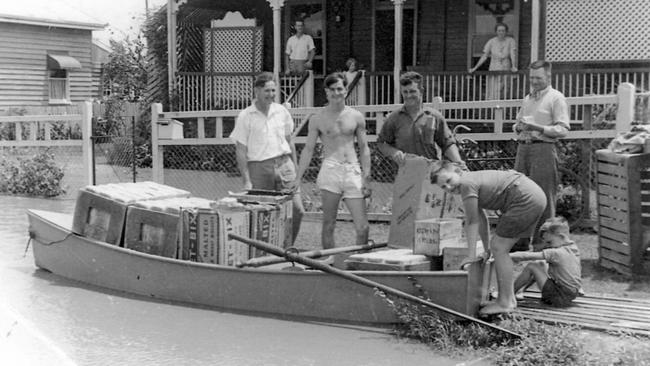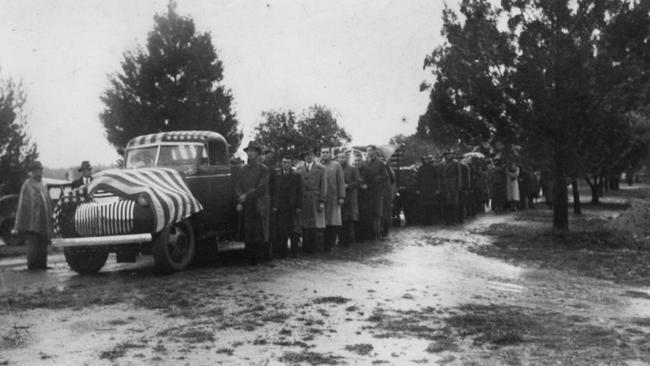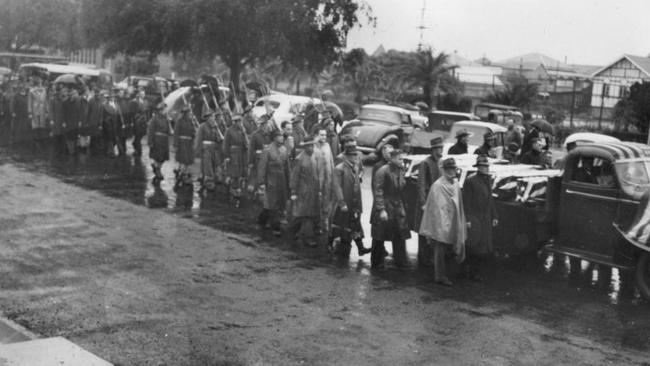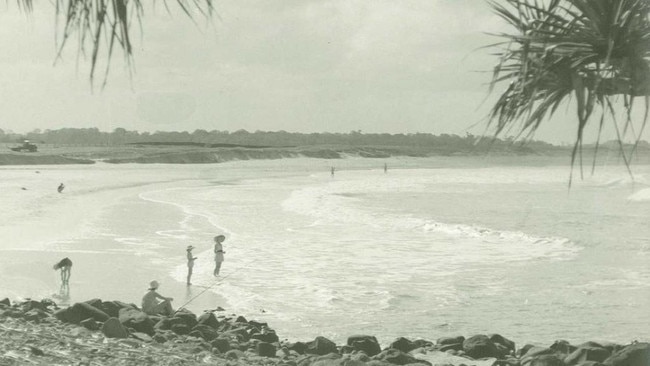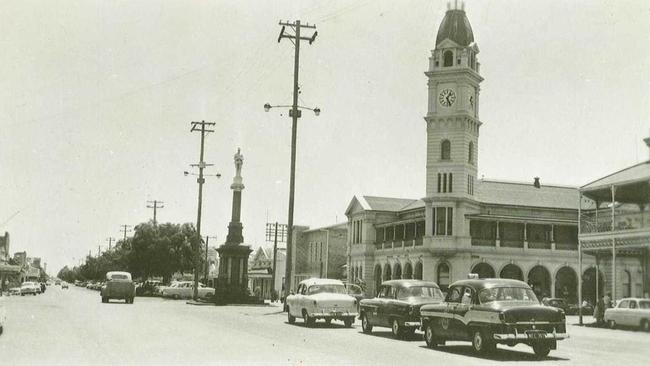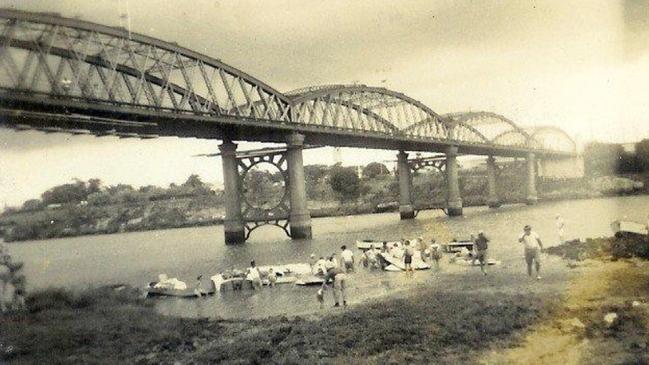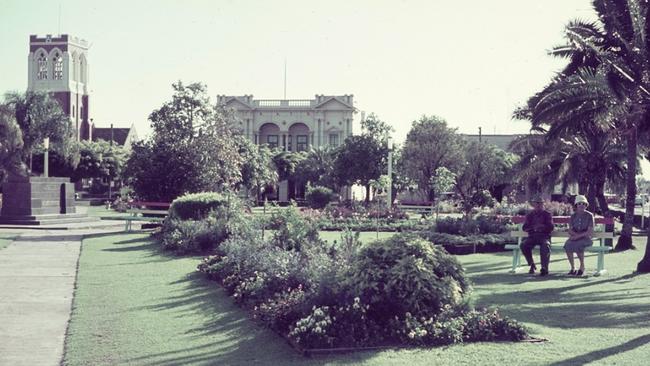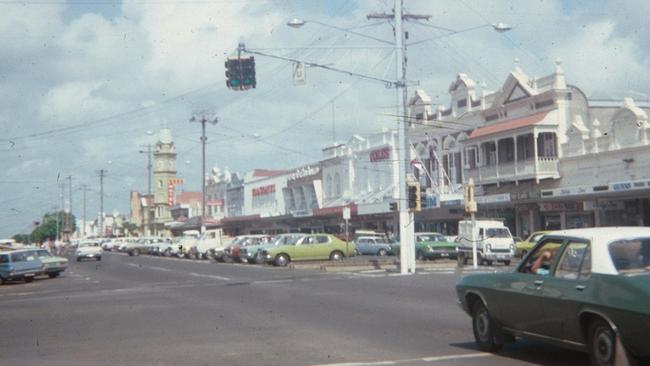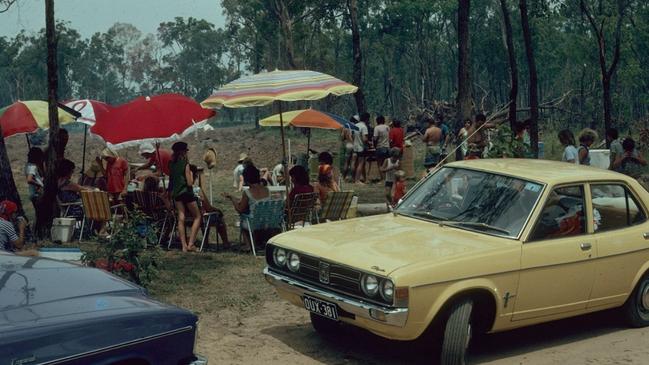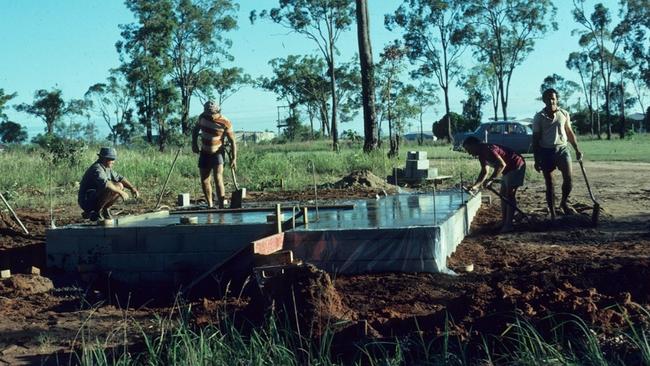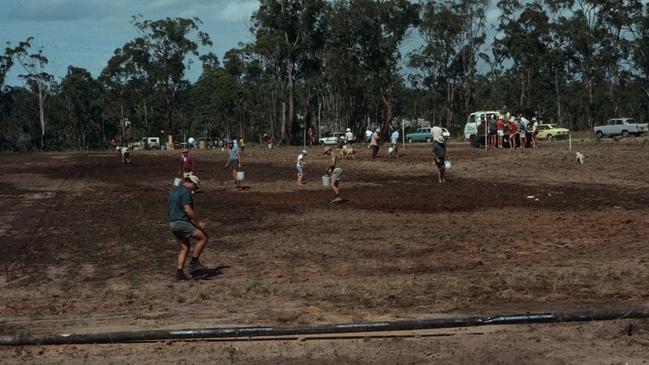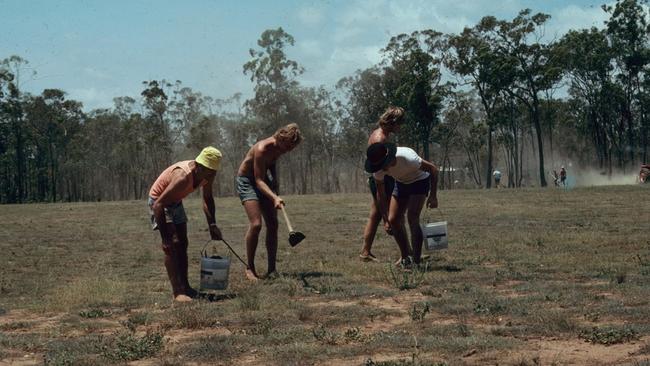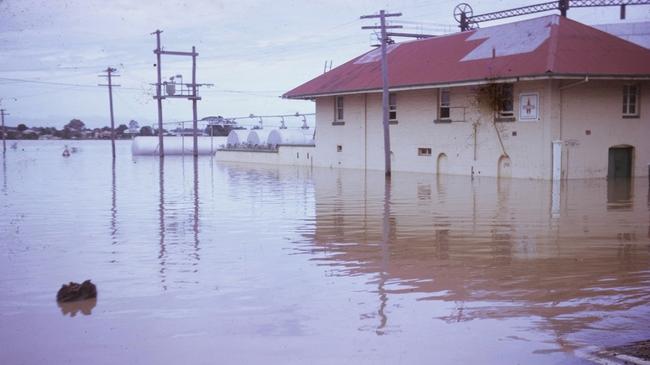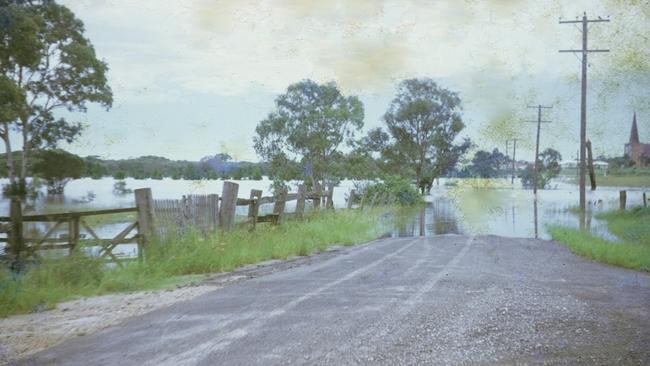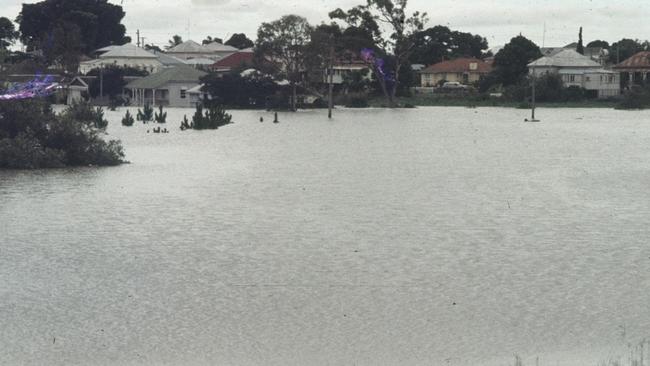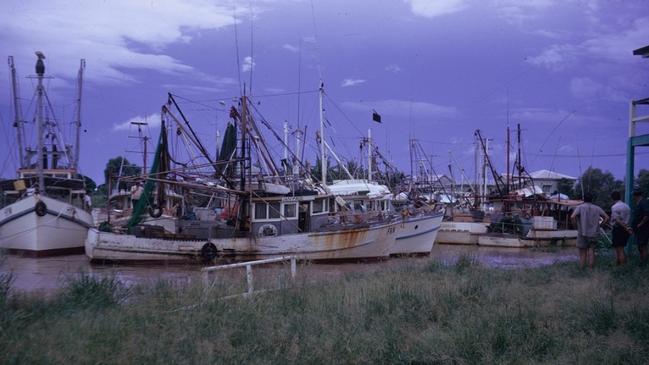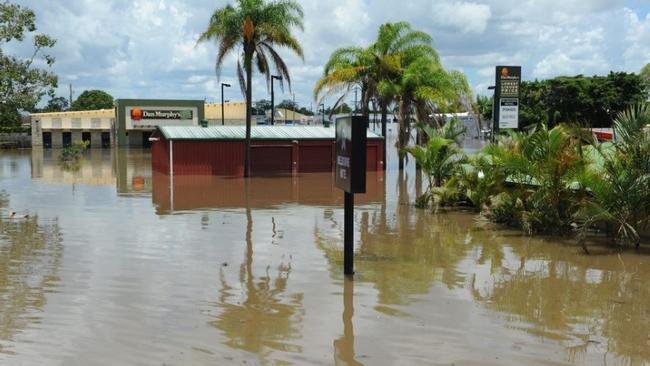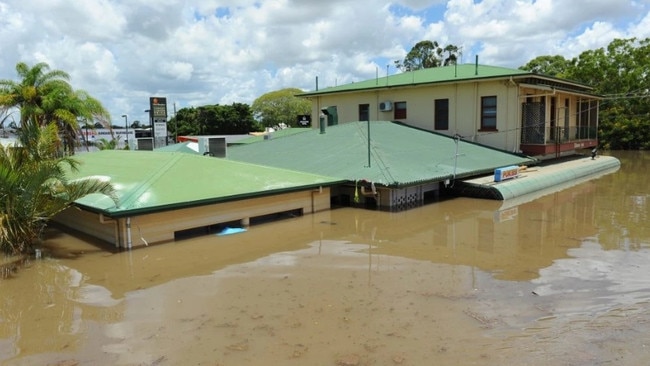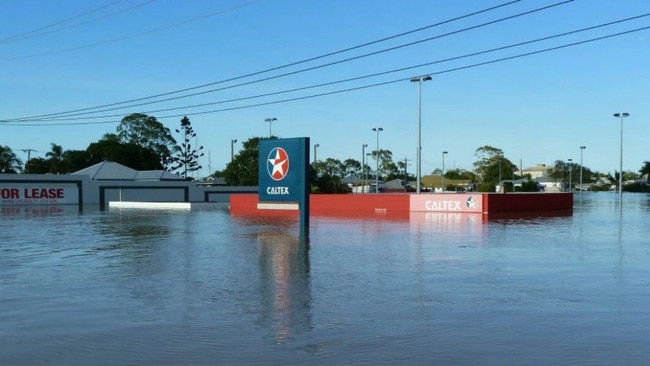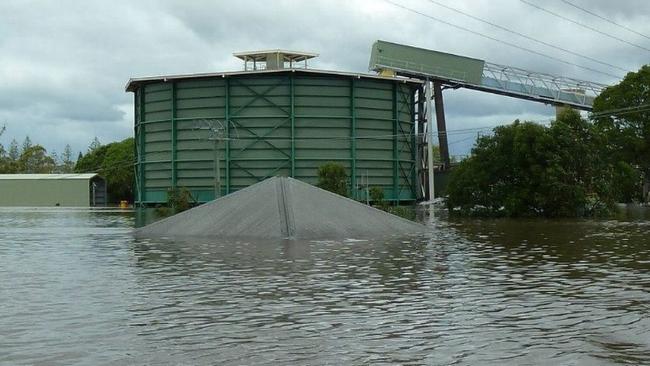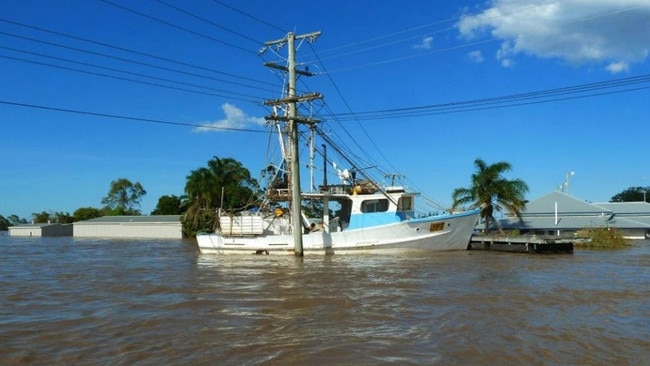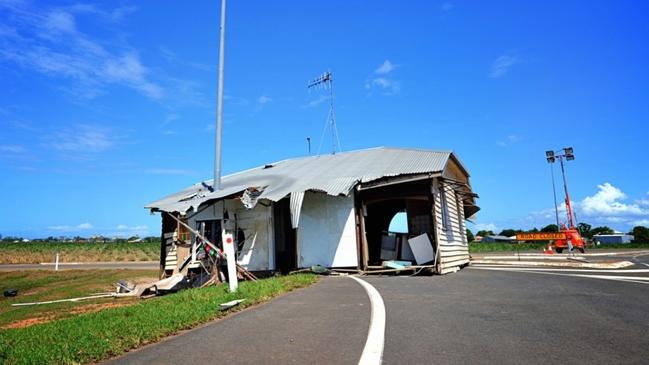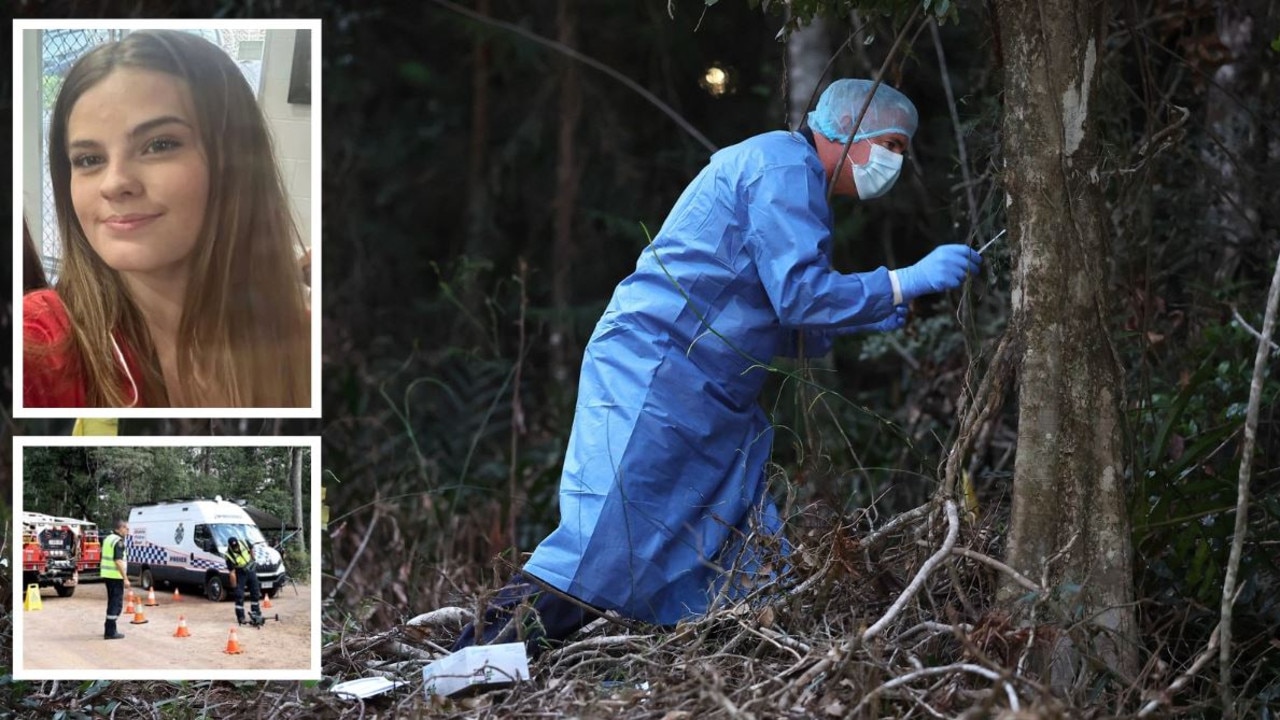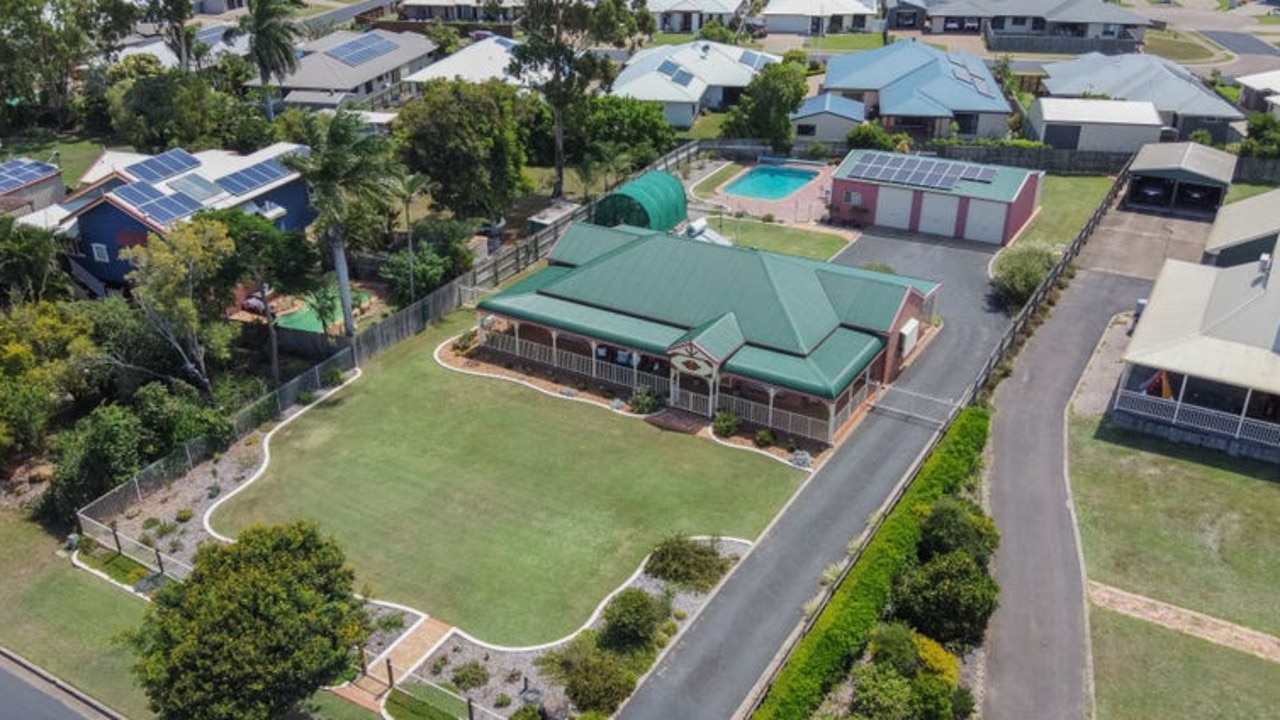Explore Bundaberg’s history with 75+ rare and historic photos
Bundaberg is a city with a rich history that combines the stories of its First Nations people, early European settlers, and its development into an agricultural powerhouse. Take a walk through history in this historic gallery.
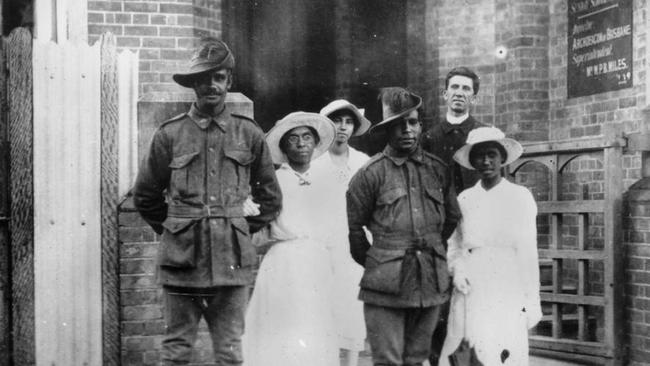
Bundaberg
Don't miss out on the headlines from Bundaberg. Followed categories will be added to My News.
Nestled along the Burnett River, Bundaberg is a city with a rich history that combines the stories of its First Nations people, early European settlers, and its development into a sugar-industry powerhouse.
According to the Gurang Land Council, the land that is now Bundaberg has long been home to the Taribelang, Gooreng Gooreng, Gurang, and Bailai peoples.
These traditional owners protected the region’s diverse landscapes, including the Woongarra Scrub rainforest and Barolin Plains grasslands, which provided abundant resources.
The Queensland State Archives say the first British explorer to survey the area was John Charles Burnett who charted the Burnett River in 1847.
Grafton newspaper The Daily Examiner published an article in 1937 describing the story of the region, explaining that British settlement began in the late 1840s with farmers like Gregory Blaxland Jr and William Forster establishing sheep stations named Pandemonium and Purgatory.
Conflict and displacement ensued as native bushland was cleared that disrupted traditional food sources and led to violent clashes.
Bundaberg Regional Library historical collections say the foundations of Bundaberg as a town were laid in the late 1860s when loggers John and Gavin Stewart established the Woondooma property on the Burnett Rivers northern banks.
Bundaberg Regional Council’s “History of Bundaberg” explains the official town site was surveyed in 1869 and named Bundaberg, the Taribelang Bunda Cultural Tours’ website explains ‘Bunda’ means people, and the Saxon word ‘burg’ means town.
The newspaper Maryborough Chronicle, Wide Bay and Burnett Advertiser published a story on May 12, 1870 saying “a sale of land at the new township on the Lower Burnett, Bundaberg, was held at the Land Office yesterday”, with strong attendance and selling 66 plots of land, which marked the birth of the future city.
The Australian Sugar Heritage Centre states Bundaberg’s identity became entwined with sugar production in the 1870s due to the fertile soil and government incentives for sugarcane farming.
The region’s first sugar mill was established in 1872 and by the 1880s, Bundaberg was a major player in Australia’s sugar industry.
However, this success came at a human cost when South Sea islanders, some forcibly brought to Queensland through the practice of blackbirding, laboured under harsh conditions in the sugar fields.
Despite their significant contributions, their exploitation left a lasting scar on Bundaberg’s history.
The Bundaberg Tourism website says as Bundaberg expanded, it became a hub of industry and culture with the construction of sugar refineries, rum distilleries, and railways that fast-tracked its economy – while landmarks such as the Holy Rosary Catholic Church and Bert Hinkler’s aviation achievements brought national recognition.
The Bureau of Meteorology flood archives states the region also experienced challenges that tested the resilience of its community such as the devastating floods in 1875, 1890, 1893, 1942, 1954, 1971, 2010, and 2013.
Today, Bundaberg is a vibrant city that blends its historical roots with contemporary charm.
Its parks, historic buildings, and attractions like the Bundaberg Rum Distillery and Mon Repos Turtle Centre draw visitors from around the globe.
See the photo gallery below to explore Bundaberg’s history through a collection of 75+ photos that showcases the events, landmarks, and moments that have shaped our vibrant community.
More Coverage

